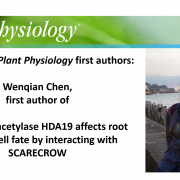
Recognizing Plant Physiology first authors: Wenqian Chen
Plant Physiology, Plant Physiology: Author ProfilesFirst author of Histone deacetylase HDA19 affects root cortical cell fate by interacting with SCARECROW
Name: Wenqian Chen
Current Position: Post-doc at laboratory of RDP (Reproduction and Development of Plants) in ENS-Lyon
Education: PHD and BA in College of Life Science, Peking University,…
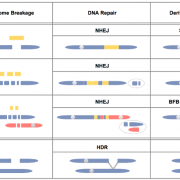
Smashing barriers in biolistic plant transformation
The Plant Cell, The Plant Cell: In BriefA foundation of modern biotechnology is the ability to stably introduce foreign DNA into an organism. The two most widely used methods, Agrobacterium-mediated transformation and biolistics, are both steeped in a rich history of creative exploration into the molecular unknown. Agrobacterium research accelerated…

Opinion: To learn inclusion skills, make it personal (Nature)
Plant Science Research WeeklyThis is a great essay by David Asai, Senior Director for science education at the Howard Hughes Medical Institute. David describes his journey from feeling annoyed at having to attend a multicultural forum to embracing their merit. He describes exercises that promote empathy and encourage respectful…

News and Views: Harnessing the potential of germplasm collections (Nature Genetics) ($)
Plant Science Research WeeklyThere are more than 7 million crop accessions in gene banks around the world, however the information records for them are in multiple formats, making a comparison between and within collections difficult. Extrapolating from a new paper by Milner et al. (Nature Genetics 51: pages319–326) Langridge…
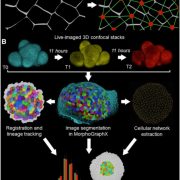
Global topological order emerges through local mechanical control of cell divisions in the Arabidopsis shoot apical meristem (Cell Systems)
Plant Science Research WeeklyIn plants, the final shape of organs depends on how and when the cells divide. To get some insights about the rules governing this process, Jackson et al. applied network science to study the cell organization dynamics in the shoot apical meristem (SAM). They studied the L1, L2 and L3 cell layers in…
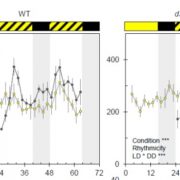
Oscillating aquaporin phosphorylations and 14-3-3 proteins mediate circadian regulation of leaf hydraulics (Plant Cell)
Plant Science Research WeeklyPlant activities change drastically between the light and dark times of day. Many of these different activities can be observed through transcriptional studies, which show that gene expression goes up and down over the course of the day. Many of these transcriptional changes are driven by the circadian…
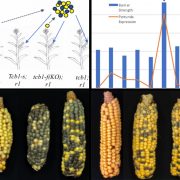
A silk-expressed pectin methylesterase confers cross-incompatibility between wild and domesticated strains of Zea mays (bioRxiv)
Plant Science Research WeeklyThe key event for speciation is reproductive isolation. In sexually reproducing plants, genetic factors act as reproductive barriers preventing the interbreeding of related strains. In this study, Lu et al. aimed to explore how the Tcb1-s (Teosinte crossing barrier 1-s) haplotype, found exclusively in…
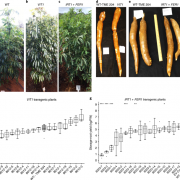
Biofortification of field-grown cassava by engineering expression of an iron transporter and ferritin (Nature Biotech)
Plant Science Research WeeklyThere are many forms of hunger, one of which is micronutrient deficiency. Cassava is a staple food, but low in iron and zinc, in many regions where deficiencies of these micronutrients are common; therefore efforts have been made to biofortify cassava. Traditional breeding methods are of limited value…

Introducing curcumin biosynthesis in Arabidopsis enhances lignocellulosic biomass processing (Nature Plants)
Plant Science Research WeeklyLignin, polymerized from aromatic monolignols, provides strength to cell walls but its resistance to enzymatic degradation thwarts efforts to isolate cellulosic carbohydrates from cell walls for biofuels and other applications. It has been shown that lignin’s properties can be altered by the incorporation…

